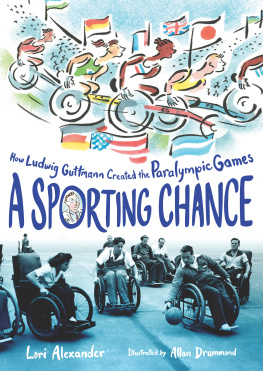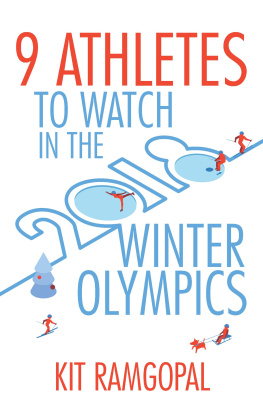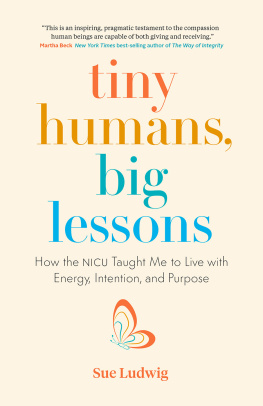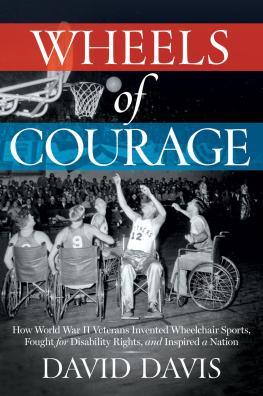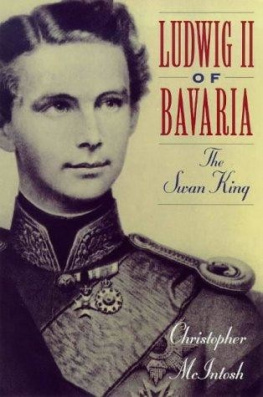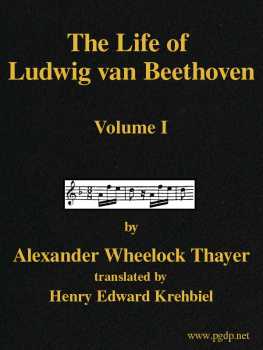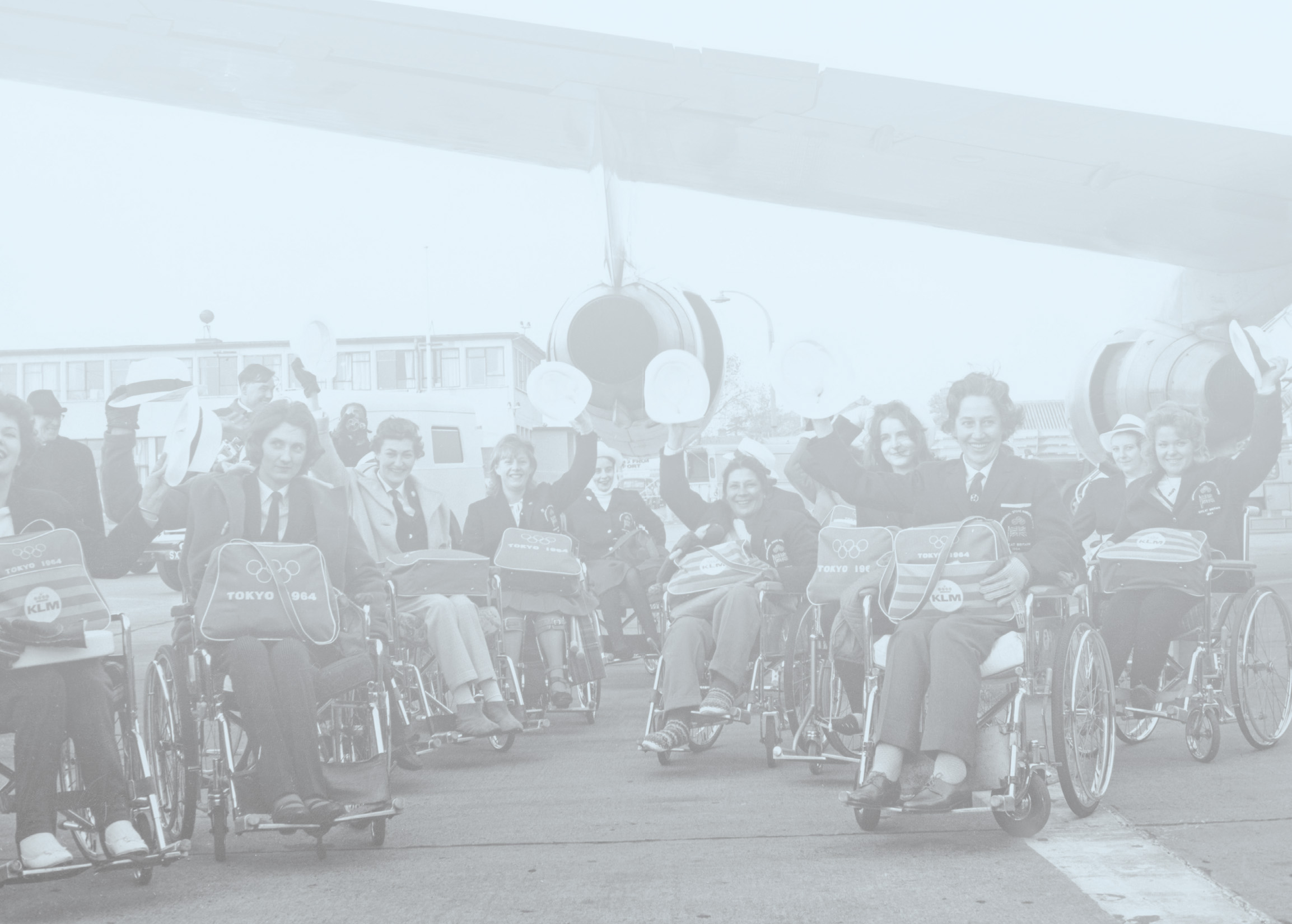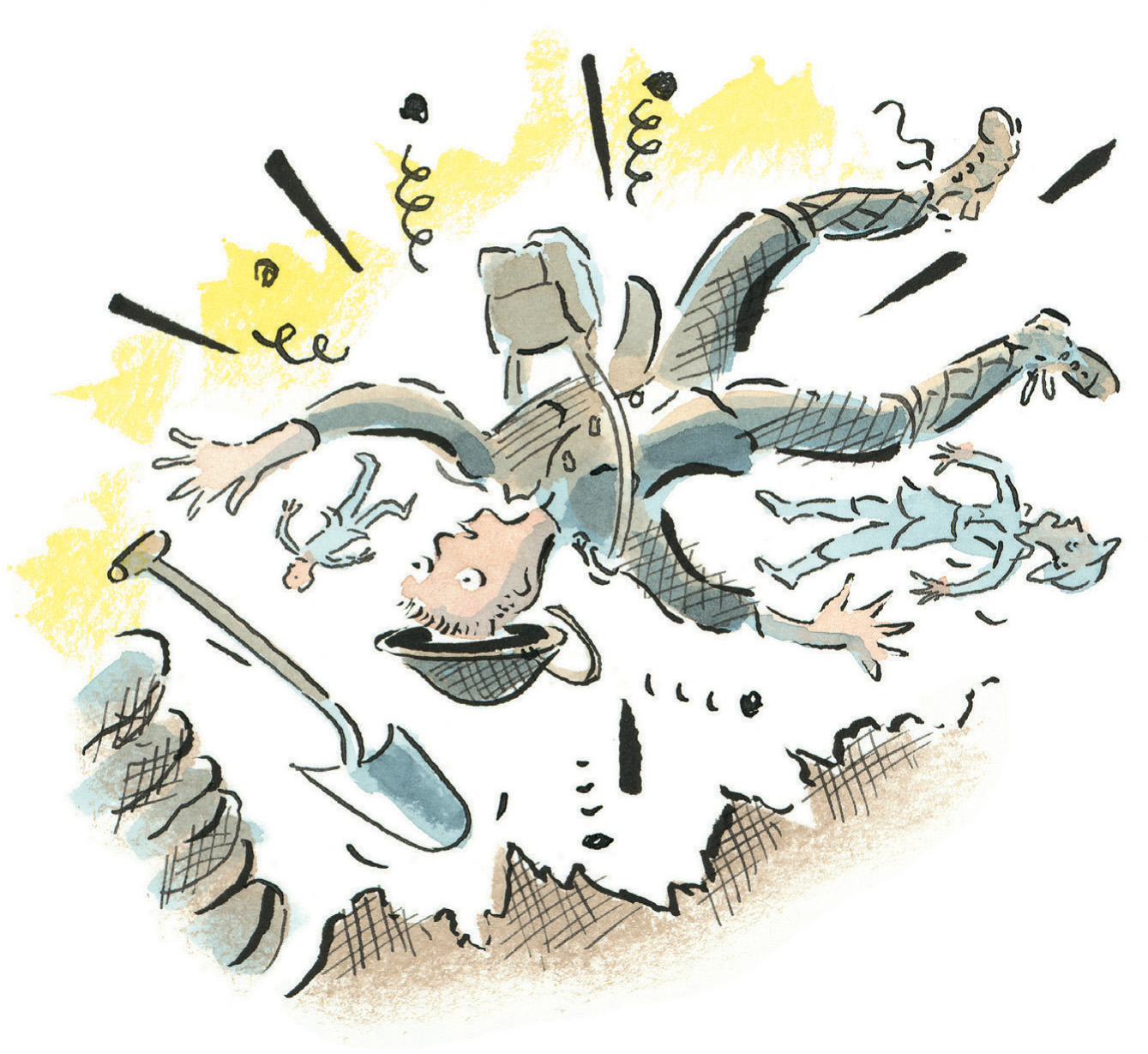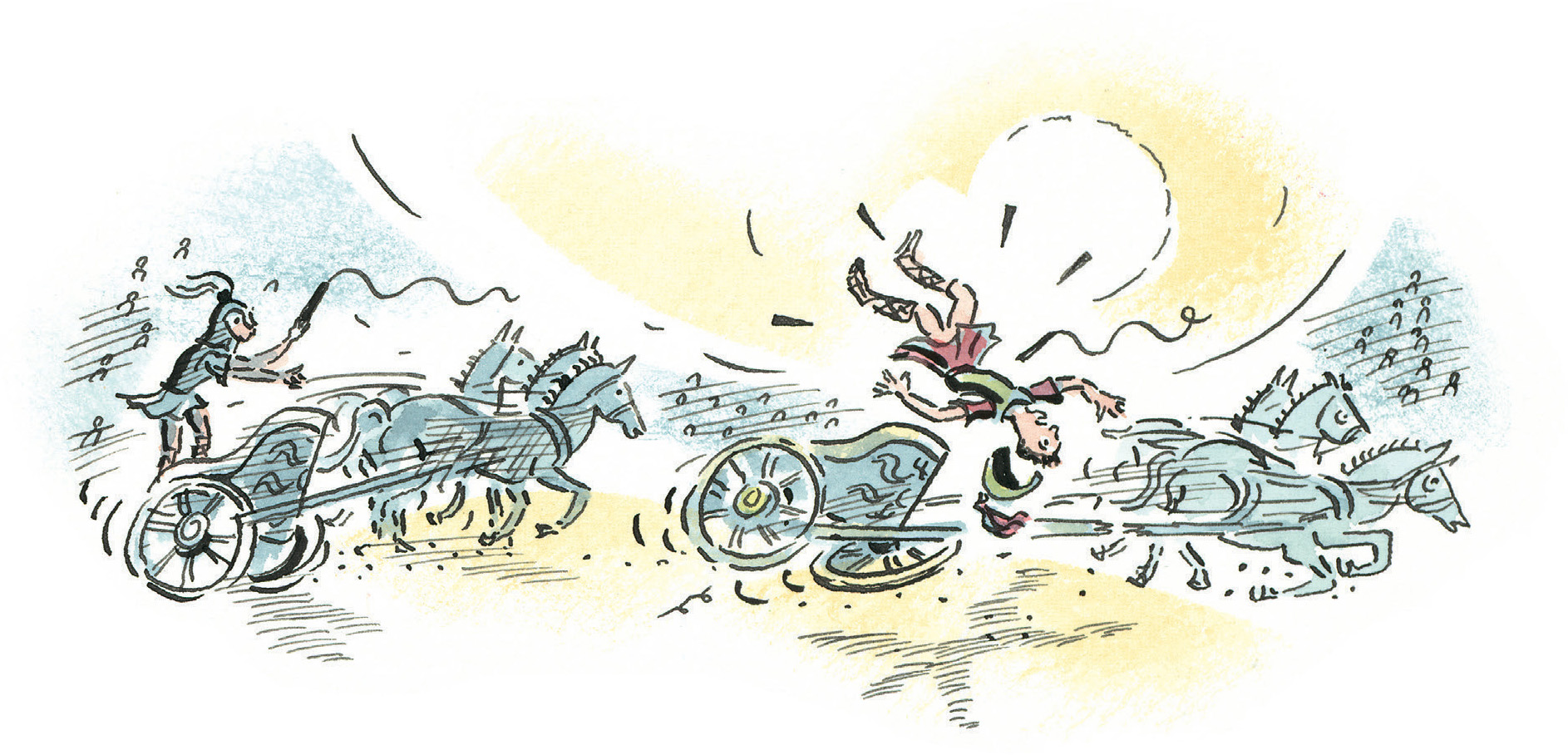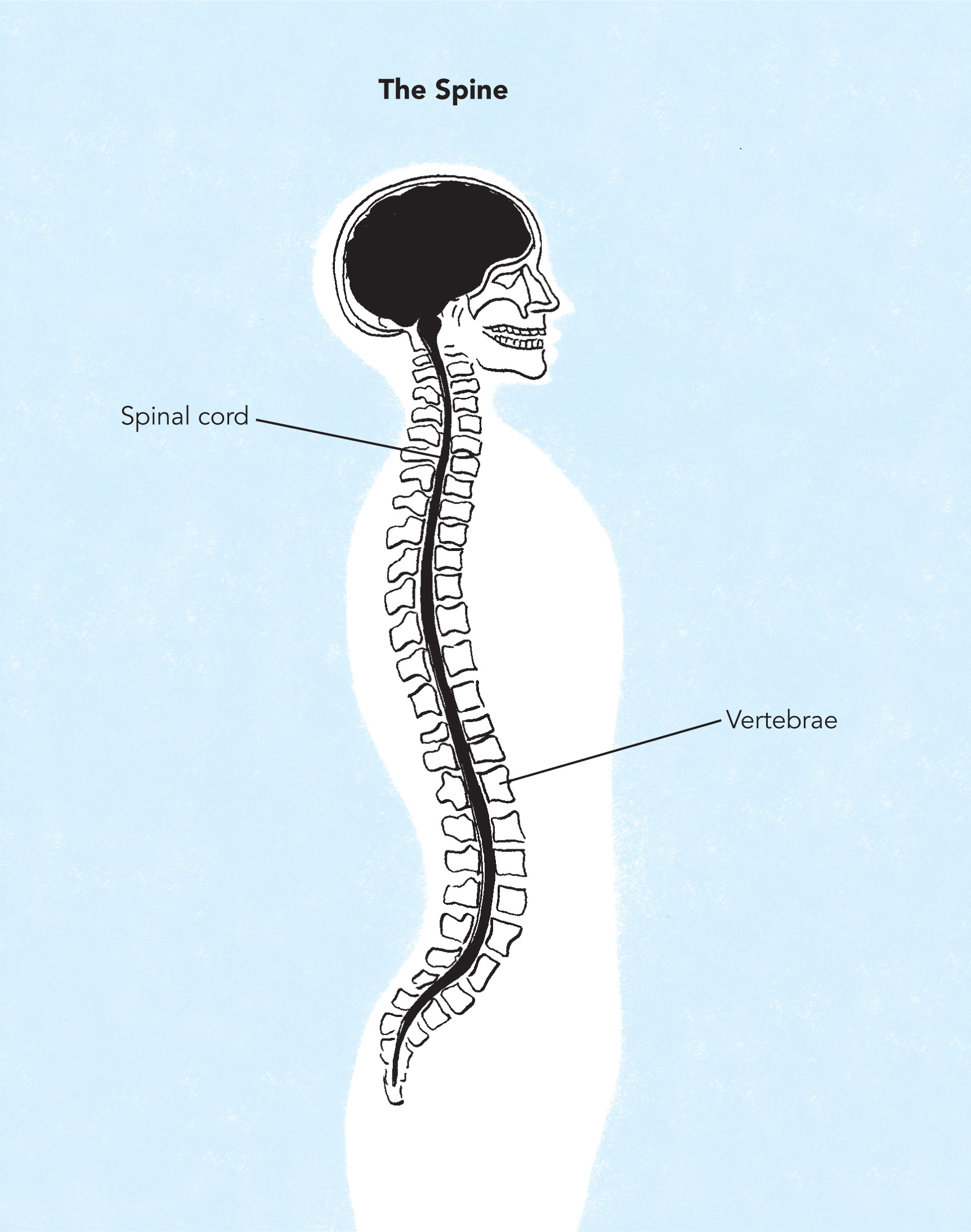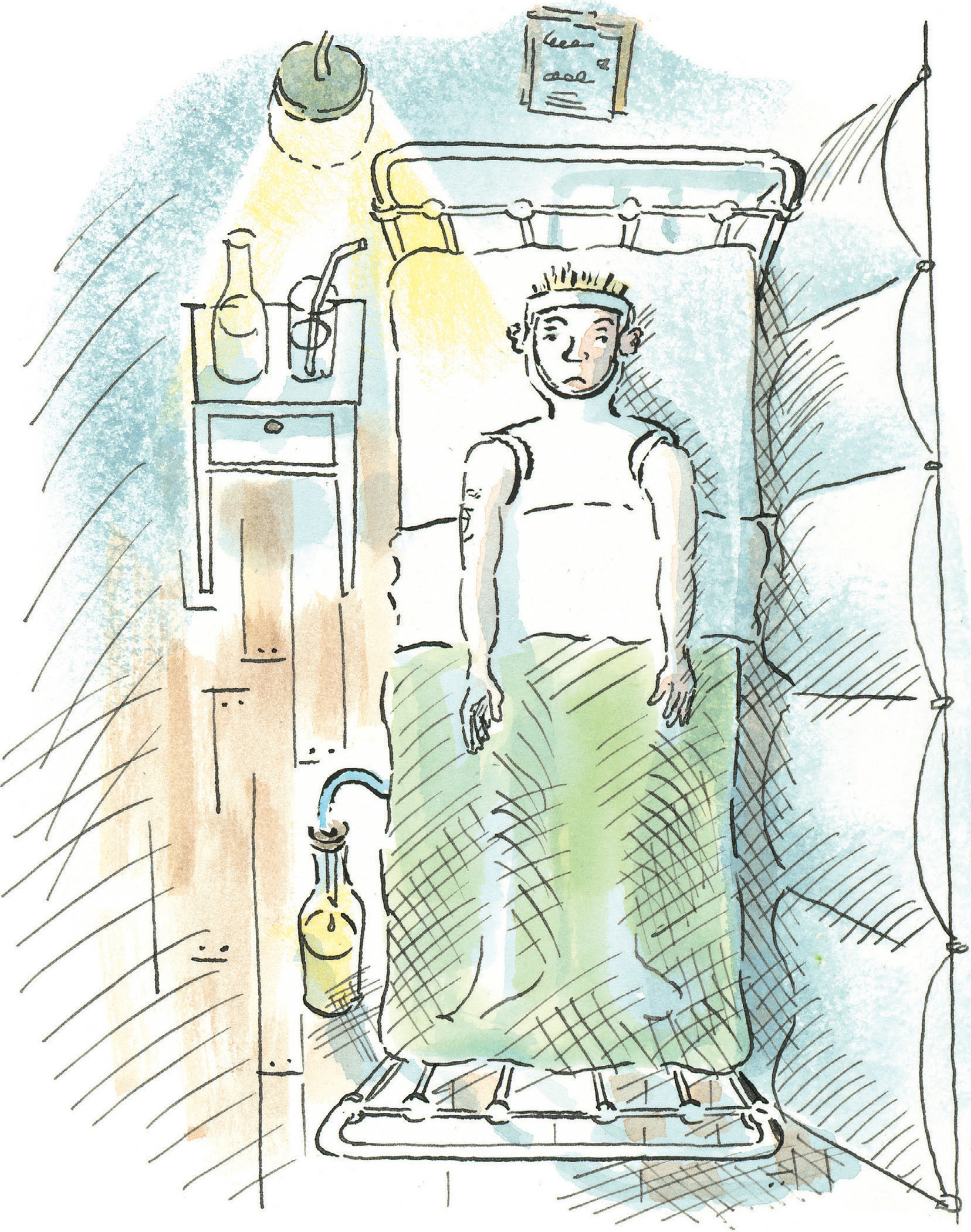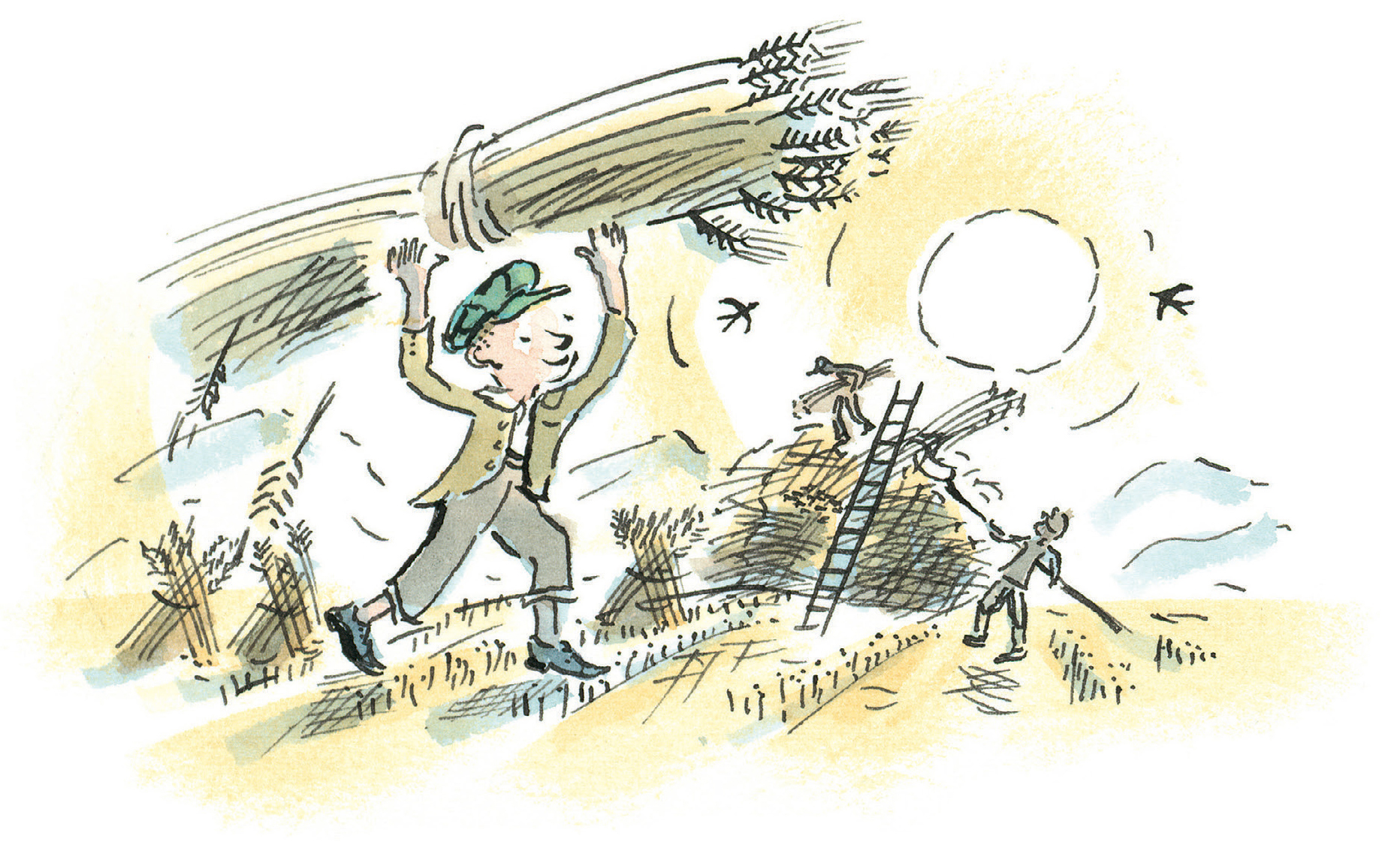Text copyright 2020 by Lori Alexander
Illustrations copyright 2020 by Allan Drummond
All rights reserved. For information about permission to reproduce selections from this book, write to or to Permissions, Houghton Mifflin Harcourt Publishing Company, 3 Park Avenue, 19th Floor, New York, New York 10016.
hmhbooks.com
Cover design by Natalie Fondriest
The Library of Congress has cataloged the print edition as follows:
Names: Alexander, Lori, author. | Drummond, Allan, illustrator.
Title: A sporting chance : how Ludwig Guttmann created the Paralympic Games / Lori Alexander ; illustrated by Allan Drummond.
Description: Boston : Houghton Mifflin Harcourt, [2020] | Audience: Ages: 7 to 10. | Audience: Grades: 4 to 6. | Includes bibliographical references and index. Identifiers: LCCN 2019007462 | ISBN 9781328580795 (hardcover : alk. paper)
Subjects: LCSH: Paralympic GamesHistoryJuvenile literature. | Guttmann, Ludwig, 18991980Juvenile literature. | NeurologistsGreat BritainBiographyJuvenile literature. | Jews, German-Great BritainBiographyJuvenile literature.
Classification: LCC GV722.5.P37 A54 2020 | DDC 796.04/56dc23
LC record available at https://lccn.loc.gov/2019007462
eISBN 978-0-358-27290-8
v1.0320
For Lou and Kathy, my gold medal parents.
And for Nora and Dr. Francisco Valencia, my inspirations for this story.
L. A.
For my wife, Gaye
A. D.
Sport has played a very important part in the physical, psychological as well as social rehabilitation of the paralysed, and the profound value of sport in preventing these patients from retiring into inactivity cannot be exaggerated.
Dr. Ludwig Guttmann
Sport is a preserver of health.
Hippocrates, Greek physician (460357 BCE)
Anyone who lives a sedentary life and does not exercise... even if he eats good foods and takes care of himself according to proper medical principlesall his days will be painful ones and his strength will wane.
Maimonides, Jewish philosopher and physician (11351204)
Chapter 1
An Ailment Not to Be Treated
In June 1944, Reg Townsend was digging a trench in the north of France when he heard an explosion. He shouted to his fellow soldiers to take cover in the six-foot-deep hole. But it was too late. Shrapnel rained from a second round of German mortar bombs. A nearby soldier was struck in the head. Reg was hit elsewhere: I had the immediate sensation of floating in the airmost peculiarbut when I tried to move and found that I couldnt, I knew that I caught it in the spine.
Diagnosis
Paraplegia [pear-uh-PLEE-jee-uh] is a medical term used to describe a person who no longer has feeling in the legs and lower half of the body. This loss of feeling, also known as paralysis, may be caused by disease, stroke, or an accident in which the bones in the spine are fractured, dislocated, crushed, or compressed. Some common causes of spinal cord injury are car or motorcycle crashes, falls, gunshot or knife wounds, high-impact sports accidents, and diving into shallow water.
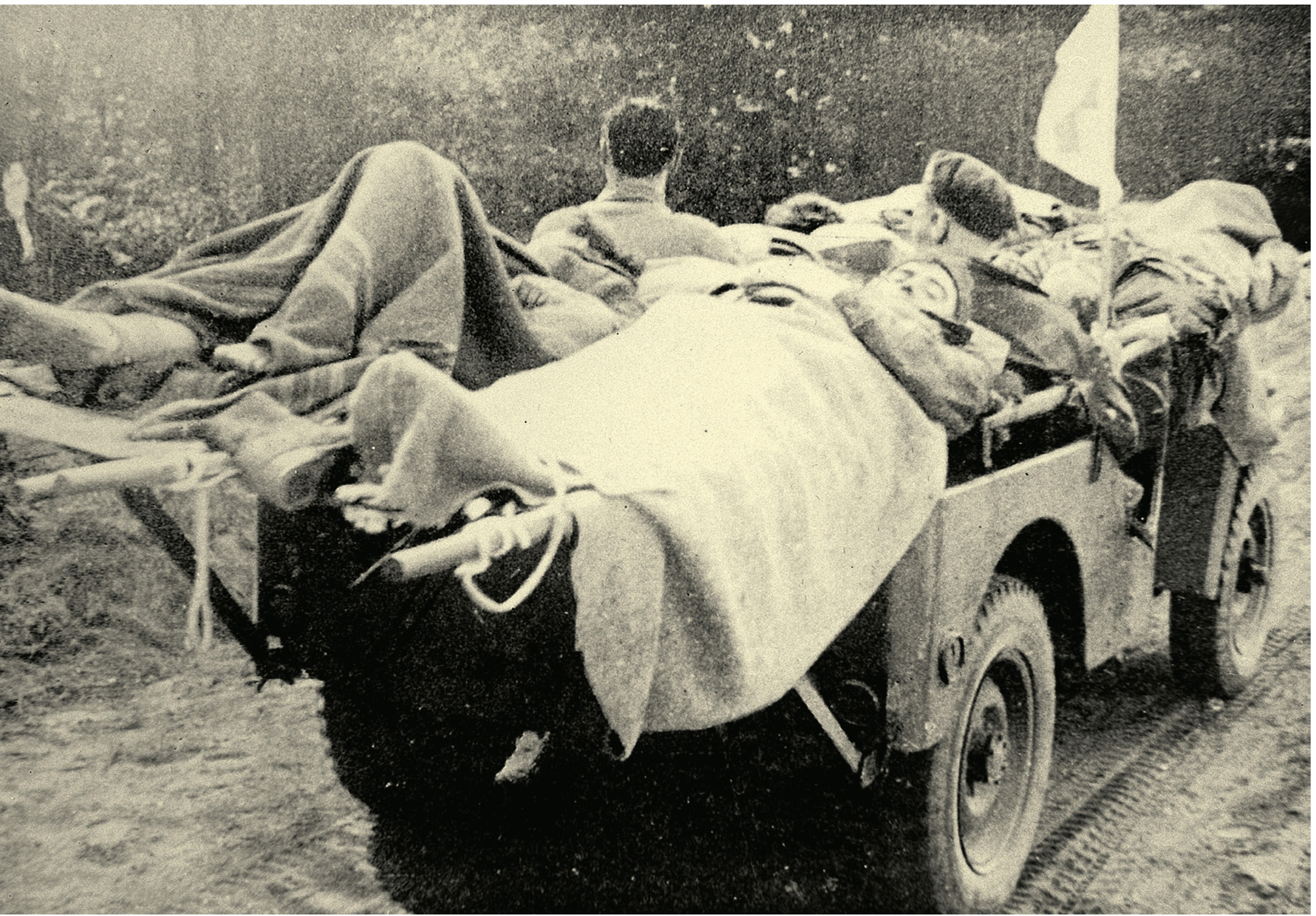
Wounded soldiers evacuated by jeep; France, 1944
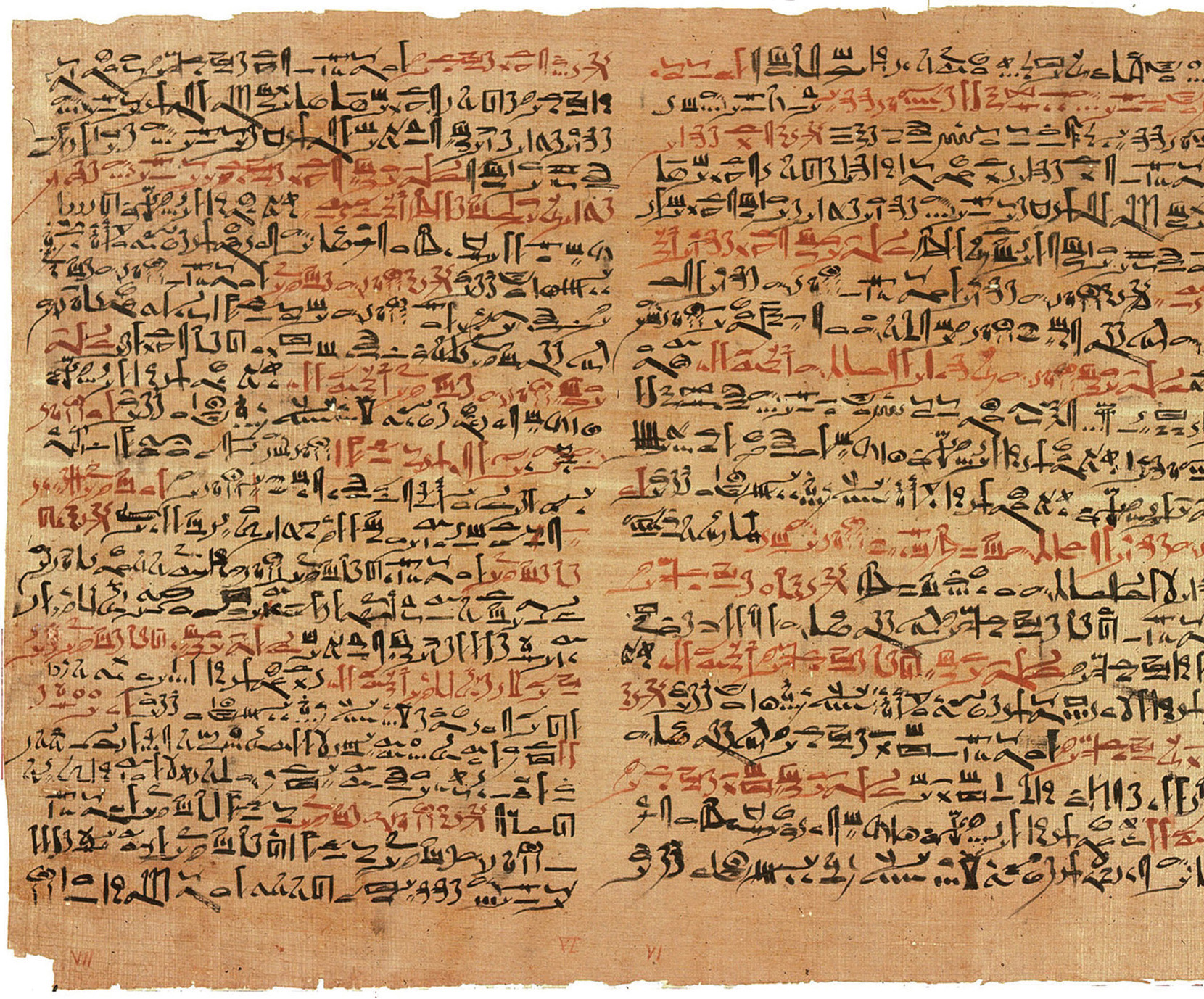
A page from the ancient Egyptian medical text in which the oldest known description of paraplegia is found
Reg Townsend was rushed from the battlefield to the base hospital. Within days, he was flown back to his home country of England, where doctors informed him that he had paraplegia and would never walk again.
The oldest known description of paraplegia was found on an Egyptian scroll dating back to the time of the Pyramids, around 2700 BCE. The scroll contained detailed medical instructions for treating forty-eight illnesses. But spinal injury was classified as simply an ailment not to be treated.
Many years later, around 200 CE, a Greek surgeon named Galen studied the injuries of gladiators who had fallen from their chariots, possibly the earliest type of vehicle accident.
He learned that injuries near the top of the spine were the most serious and often led to death. Damage lower down the spine affected breathing, movement of the arms and legs, and control of the bladder and bowel. Damage to the lowest section of the spine might affect only the legs and bladder.
Over time, doctors and scientists learned more about the functions of the spine. Yet little was being done to help patients with spinal cord damage. Most died soon after their injury. In the 1940s, paraplegia was still considered by most an ailment not to be treated.
Reg Townsend was cast in white plaster from neck to ankles. He spent his days flat on his back in a hospital bed, hidden away from other patients, cut off from the world. Doctors had no hope for his recovery. They gave Reg, and others like him, an unfortunate nickname: incurables.
Could any doctor make a difference to these patients?
Chapter 2
Headstrong
As a young boy, Ludwig Guttmann lived in a German mining town called Knigshtte, near the border of what is now Poland. His father, Bernhard, ran a distillery business, while his mother, Dorothea, stayed busy raising Ludwig and his three younger sisters. Both of Ludwigs grandfathers owned farms. During the summers, Ludwig spent long days in the fields helping with the corn harvest.

When it came to school, Ludwig was less interested in hard work. He liked to do things his own way. So he put off homework and projects until the end of each semester and then hurried to catch up and complete his assignments. He did not want to fail and repeat the dull classes! There were a few exceptions. Ludwig enjoyed learning about history. He liked singing with the school choir. Most of all, Ludwig was interested in sports. Running and soccer were his favorites. He was one of the shortest in his class, but he was fast. He outraced opponents. He flew across finish lines. Ludwig loved to win and made many friends among his teammates.

